Directional drilling is an advance drilling technique which can deviate wellbore to the planned trajectory in order to reach the reservoir targets. Nowadays, directional drilling is widely used around the world because it has several advantages over a normal vertical well. Oil and gas reservoir shapes has the lateral length more than vertical length so the directional drilling will have more opportunities to reach potential sands. Ultimately, hydrocarbon reserves can be extracted with the directional wells. The applications of directional drilling are as follows:
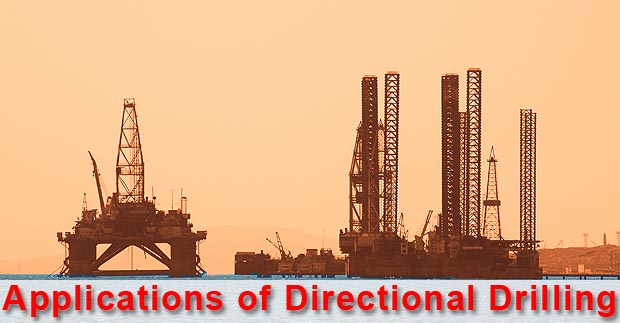
Sidetrack Well
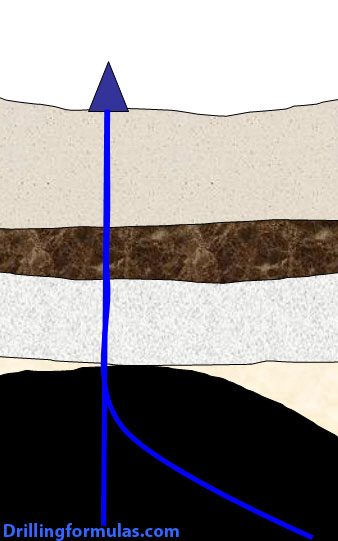
Sidetrack is the process to drill a secondary well from an existing wellbore. Directional drilling technique is applied to successfully side track. There are advantages of sidetracking well as bypassing fish, kicking off from cement plug, extend of the producing zones, etc.
Multiple wells in one offshore location

Multiple directional wells are usually drilled in offshore platforms. It is not economical to drill a lot of vertical wells because it would not optimize reservoir target in comparison to directional wells. Some offshore platforms can have several wells. With this development technique, it greatly improves the economics of field development.
Control Vertical Wells
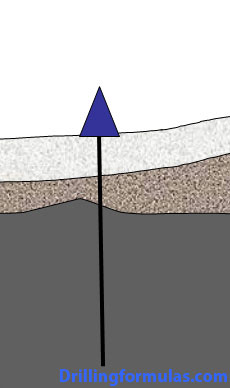
It is not simple to drill a vertical hole because a vertical BHA sometimes tends to created crooked well path. Without the directional BHA, it is very difficult to bring the well back into a vertical path after it deviates from the original plan. The simple way to drill a good vertical well is to have a directional BHA so when the well does
Horizontal Wells

One of the advanced directional drilling methods is horizontal drill. The horizontal well typically has inclination at least 80 degree. Since the horizontal well exposes to a lot of drainage areas, only one well can produce a lot of hydrocarbon.
Relief Wells
Relief wells are special directional wells planned to drill to hit the blow out well. When the blowout well is drilled into, a special well control procedure will be conducted to control the blowout well. There are several examples as in Macondo well (blow out incident on 20 April 2010).

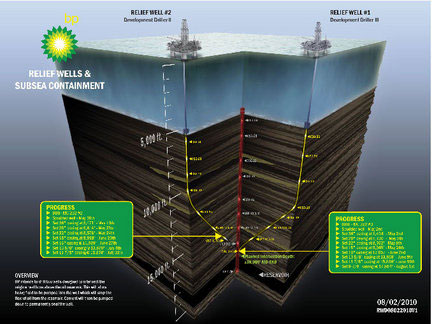
A BP graphic shows how relief wells have been drilled to intercept the Macondo well that had been leaking millions of gallons of oil and gas into the Gulf of Mexico.
Overcome Geological Structure
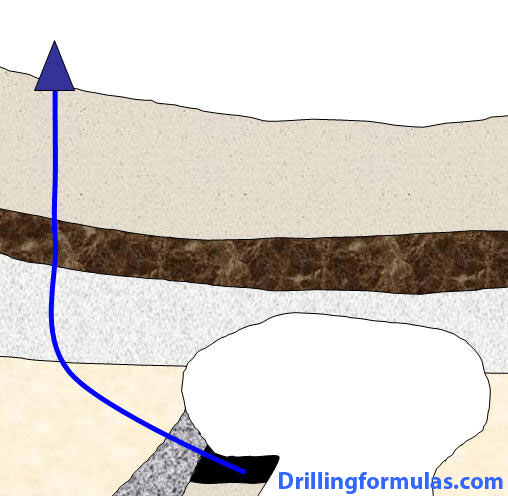
One of problematic issues of drilling is to drill into a salt dome. In order to eliminate this issue, the well is directionally drilled around and underneath the salt dome.
Reach Inaccessible Locations
Some areas where the rigs cannot be placed are in accessible as town, mountain. The directional wells are drilled to the producing zones underneath these areas.
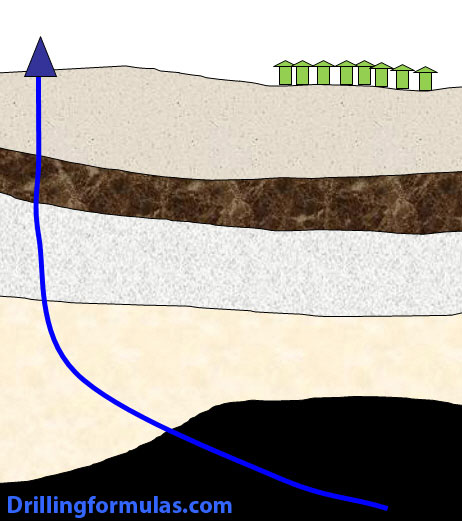


I can understand how it could be really useful for a business to make sure that their pipes and holes are going the right way n order to be effective. Making sure that they can get their holes drilled horizontally by a professional could be really useful for them. It was interesting to learn about how sidetracking can extend producing zones, bypass a fish, and kick off from the cement plus and can be more successful with directional drilling.